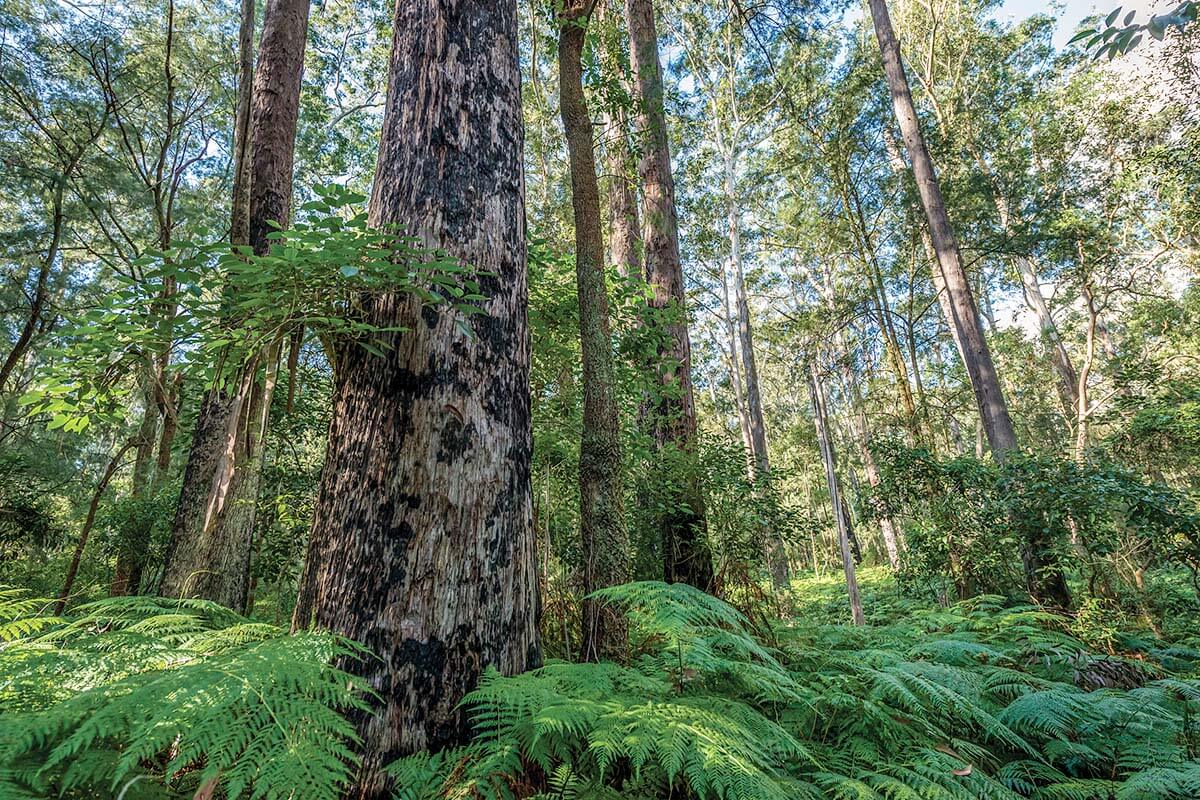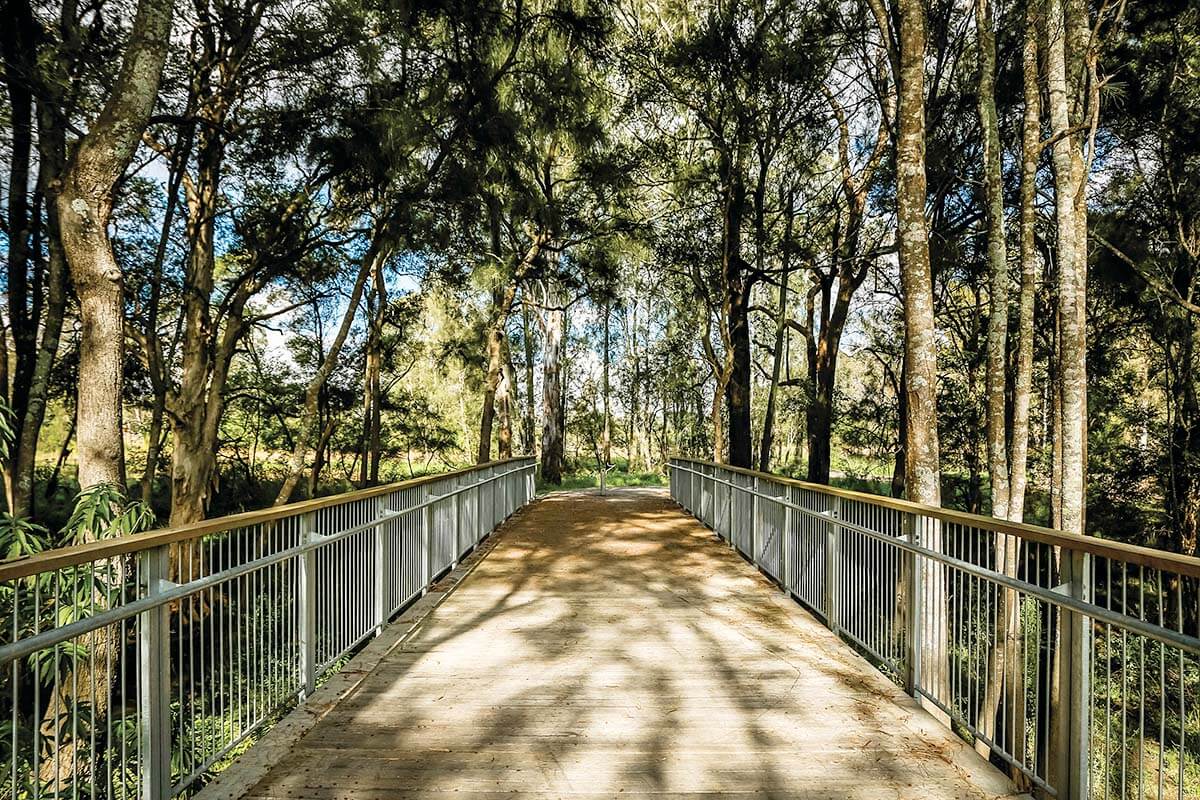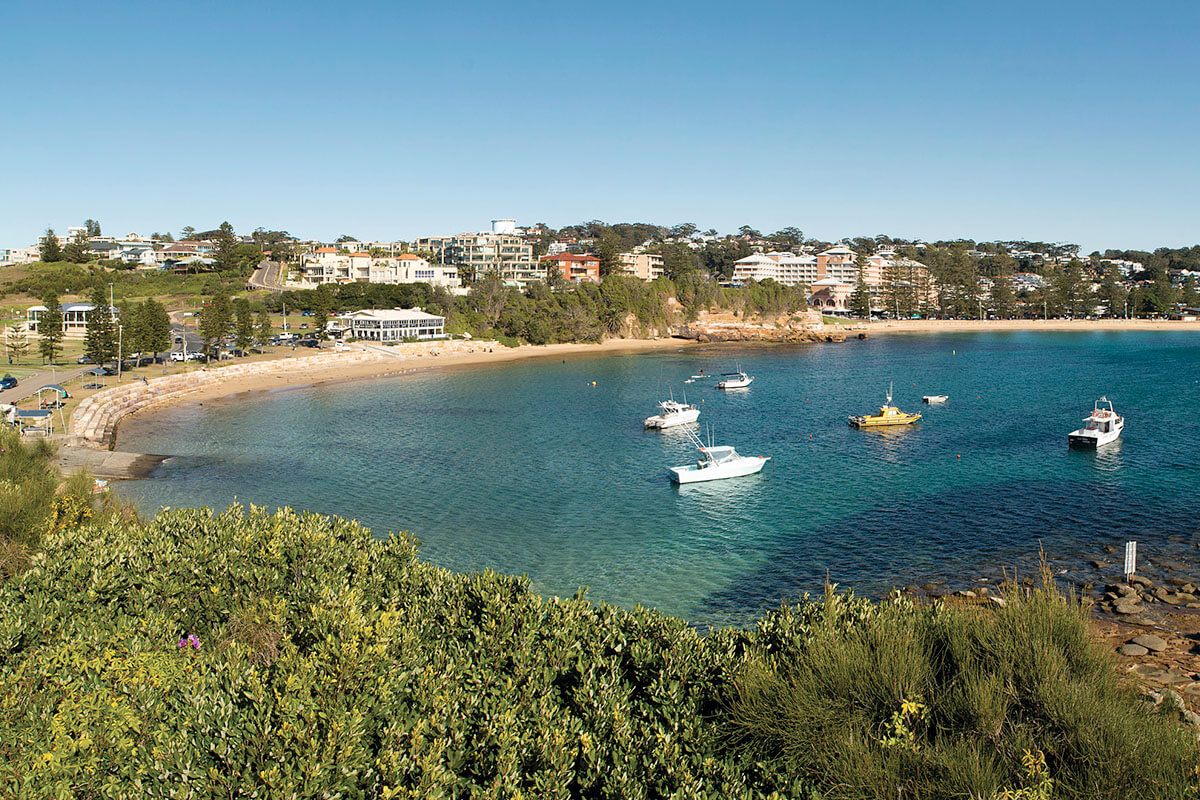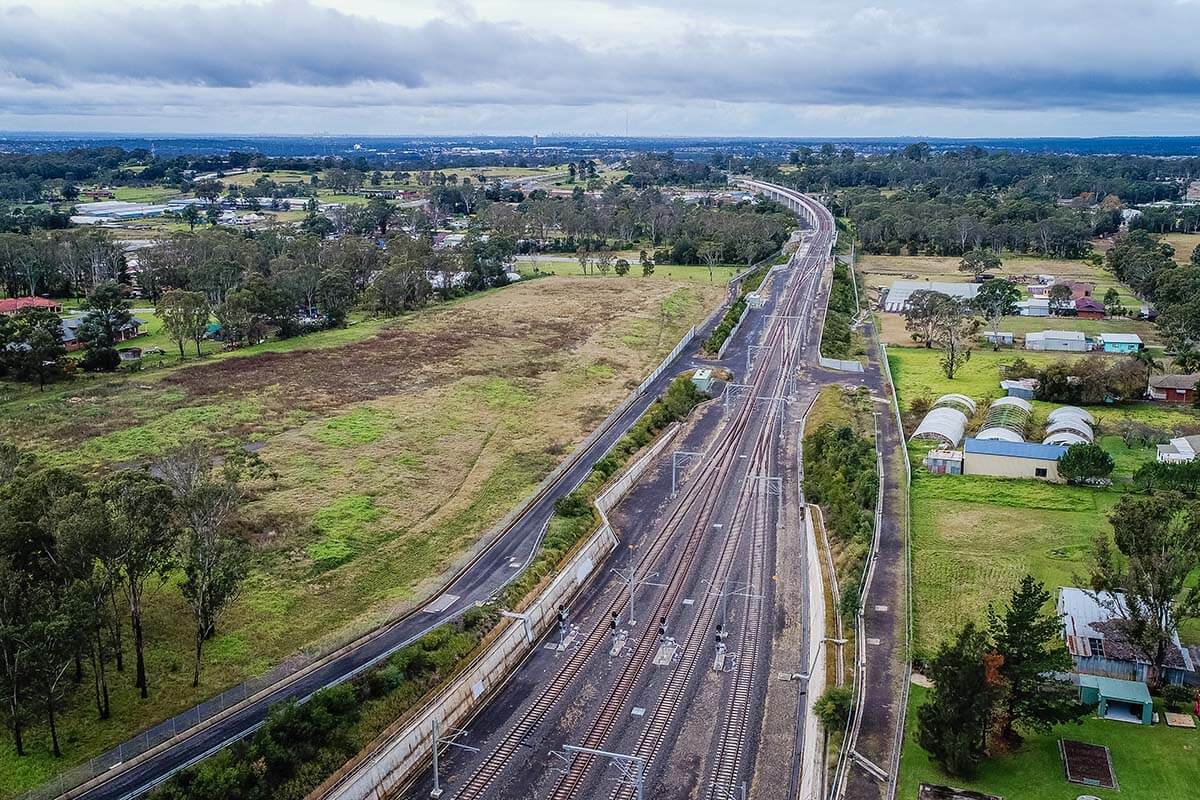Strategic conservation planning helps us assess and protect biodiversity when urban development is first being considered.
As the NSW population grows, so do urban areas. We support this growth by protecting the natural environment, allowing more people to enjoy it through better access to green space.
This will keep our communities and natural environment healthy and resilient for the long term.
Strategic conservation planning is a way of assessing and conserving native plants and animals early in the planning of new development.
This allows decision-makers to identify and protect the most important places for plants and animals while finding areas suitable for housing and infrastructure.
The impacts of development on threatened plants and animals are offset through conservation programs.
Conservation plans help to protect a region’s native plants and animals by establishing or extending public reserves and restoring degraded areas. Landowners can also be given opportunities to establish biodiversity stewardship sites.
Benefits
Strategic conservation planning provides for a landscape scale approach to assessing and protecting biodiversity upfront in planning for large scale future development.
It moves beyond a site by site assessment and offsetting approach and will:
- improve ecological resilience and function over the long term
- enhance the network of conservation areas and protect unique and vulnerable species
- provide for publicly accessible green and open spaces for the local community
- streamline the delivery of priority housing, land for employment and transport infrastructure.



